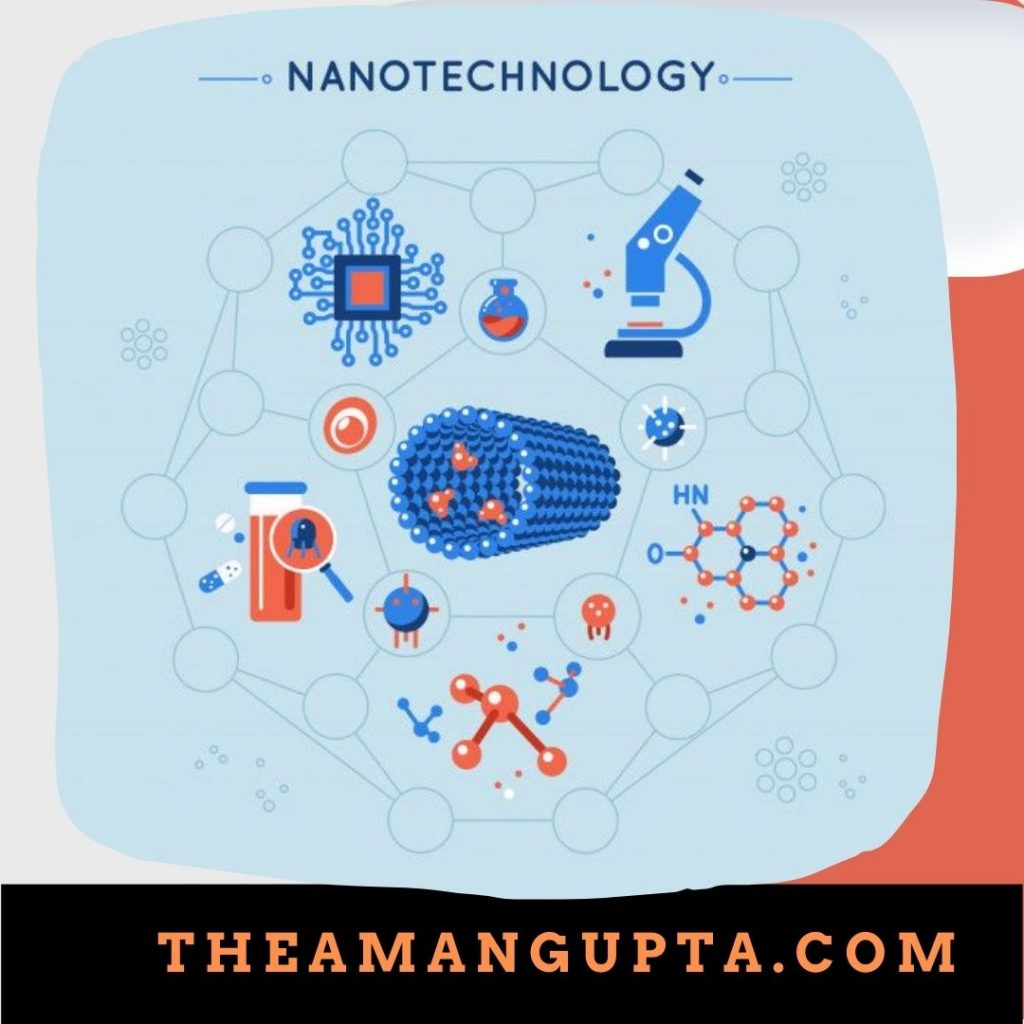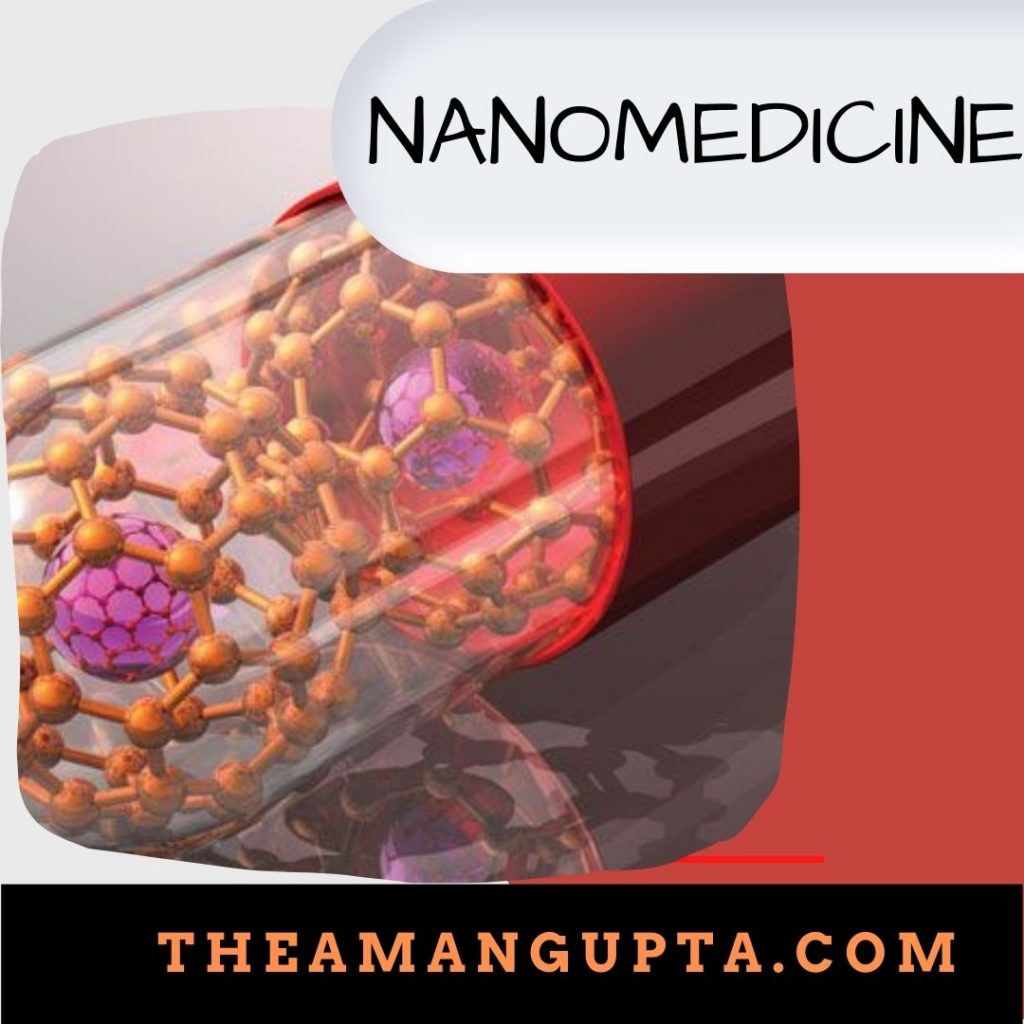Hello everyone!! With the advancement of technology, there is so many enhancement in things. The facilities provided also got high in quality. Nanotechnology is one of the current most emerging fields in research. It has very high scopes in the future in every domain. Nanotechnology will Reshape the future In the healthcare domain also. So let’s start with the basics. We will discuss NANOTECHNOLOGY WILL RESHAPE THE FUTURE OF 4 FIELDS IN HEALTHCARE.
NANOTECHNOLOGY WILL RESHAPE THE FUTURE: Few Basics
Nanoscience and nanotechnology are changing the way we think about almost every natural phenomenon. It is the most promising research area for the future. It requires a comprehensive understanding of all aspects of the objects to which it has access. The study of processes and manipulations of materials at the atomic scale. With a minimum size of 1nm, called nanoscience.
Also Read: How to Format Excel
A nanometer has a scale of 1nm to 100nm. In addition, a nanometer is a billionth of a meter. “Nanoscale designing, characterizing and producing structures, devices, and systems for their applications in various disciplines. Also defined as & nanoscale designing, characterizing, and producing structures, devices, and systems for their applications in numerous fields. NANOTECHNOLOGY WILL RESHAPE THE FUTURE OF 4 FIELDS IN HEALTHCARE.
Nanomaterials are things with a nanometer-scale dimension of at least one. Nanomaterials are classified into two groups. “Non-intentionally produced nanomaterials” are one example.
Also Read: Wearable Tech Gadgets
Proteins, viruses, and other microscopic organisms are also naturally present in the environment microorganisms. “Intentionally created nanomaterials” are another sort of nanomaterial. Created utilizing specific synthesis techniques. At the macro level, we can however see the matter. But when we get closer to the micro-level, we can see it. As we get closer to the nanoscale, material characteristics also change substantially in a variety of ways.

Role Of Nanotechnology Will Reshape The Future In HealthCare
Nanotechnology, according to industry analysts, will play a critical role in molding the future. A few fields which will enhance using nanotechnology are as follows:
1. Nanomedicine
It is the use of nanotechnology in healthcare. It makes use of the qualities created by a material at its nanometric scale of 10-9 m. Which often differ from the same substance at a larger size in terms of physics, chemistry, or biology.
Furthermore, the nanometric scale is also the scale of many biological mechanisms in the human body. Allowing nanoparticles and nanomaterials to potentially cross natural barriers to access new delivery sites. And interact with DNA or small proteins at various levels. Whether in blood or within organs, tissues, or cells.
Also Read: How Wireless Headset Works?
Nanomedicine, recognised as a critical enabler for personalised, targeted, and regenerative medicine. By providing the next generation of medications, treatments, and implantable devices to physicians and patients. Resulting in genuine healthcare breakthroughs.
The bright future possibilities of nanomedicine must balanced against hazards, much like any other breakthrough technology.
These are regulated in the same way as pharmaceuticals and medical devices. Including clinical trials to determine their benefit-to-risk ratio for patients.

Nanomedicine has the potential to bring promising answers to numerous disorders, raising high expectations for millions of people seeking better, more efficient, and inexpensive healthcare. Nanotechnologies have an impact on nearly every sector of modern medicine. From diagnostics to illness monitoring, surgery and chemotherapy, and regenerative medicine also.
2. Targeted Drug Delivery System
To avoid the specific harmful effect of conventional drug administration. Targeted drug delivery specifies the drug moiety directly into its targeted body location. Hence reducing the amount of medication required for therapeutic efficacy. And it has motivated scientists to research for more than a century. Resulting in the development of several nanometer-sized devices.
The basic premise of drug targeting is to deliver a high concentration of drug to the targeted site. While minimising the drug’s concentration in the non-targeted area.
The methods, formulations, technologies, and procedures. These are involved in conveying a pharmaceutical substance in the body. This is to accomplish the desired therapeutic effect, called as drug delivery (DD). It refers to the methods for providing pharmaceutical chemicals to humans and animals. To achieve therapeutic effectiveness. Recent advancements in drug delivery systems have mostly focused on smart DD, which focuses on delivering drugs at the right time, dosage, and location. Also with the highest level of safety and efficacy.
3. Diagnosis
Nanotechnology’s tremendous potential in diagnostics for the identification of biomarkers and infections. It is one of the newest applications of nanotechnology in medicine. The use of biosensors to detect analytes in solutions and bodily fluids is one of them.
While the potential use of nanoparticles in cancer therapy and diagnostics is well understood.
4. Nanotechnology Will Reshape The Future OF Medical Imaging
As the resonance frequencies differ depending on location, medical pictures are created. The magnetic resonance imaging (MRI) technique is commonly used to obtain images of the body’s numerous organs. The use of NMR at the nanoscale in nanotechnology has the potential to improve medical imaging.
Nanotechnology-based medical imaging is also being used to track stem cell transplants. The addition of contrast chemicals to medical imaging of stem cells is required. Current contrast agents, on the other hand, have issues with metabolic degradation and photobleaching. When a photochemical breakdown occurs.
Also Read: Apps To Watch Online Movies
By aligning atomic nuclei in a nanostructure that generates a strong magnetic field. More detailed images can be created. Radio frequencies are pulsed in a microsecond time frame. To regulate and manipulate the huge magnetic field produced.
Needless to say, there is a lot of room for breakthroughs in nanotechnology. Which has the potential to completely transform and reinvent healthcare. Stay tuned for more updates and discussions with theamangupta.